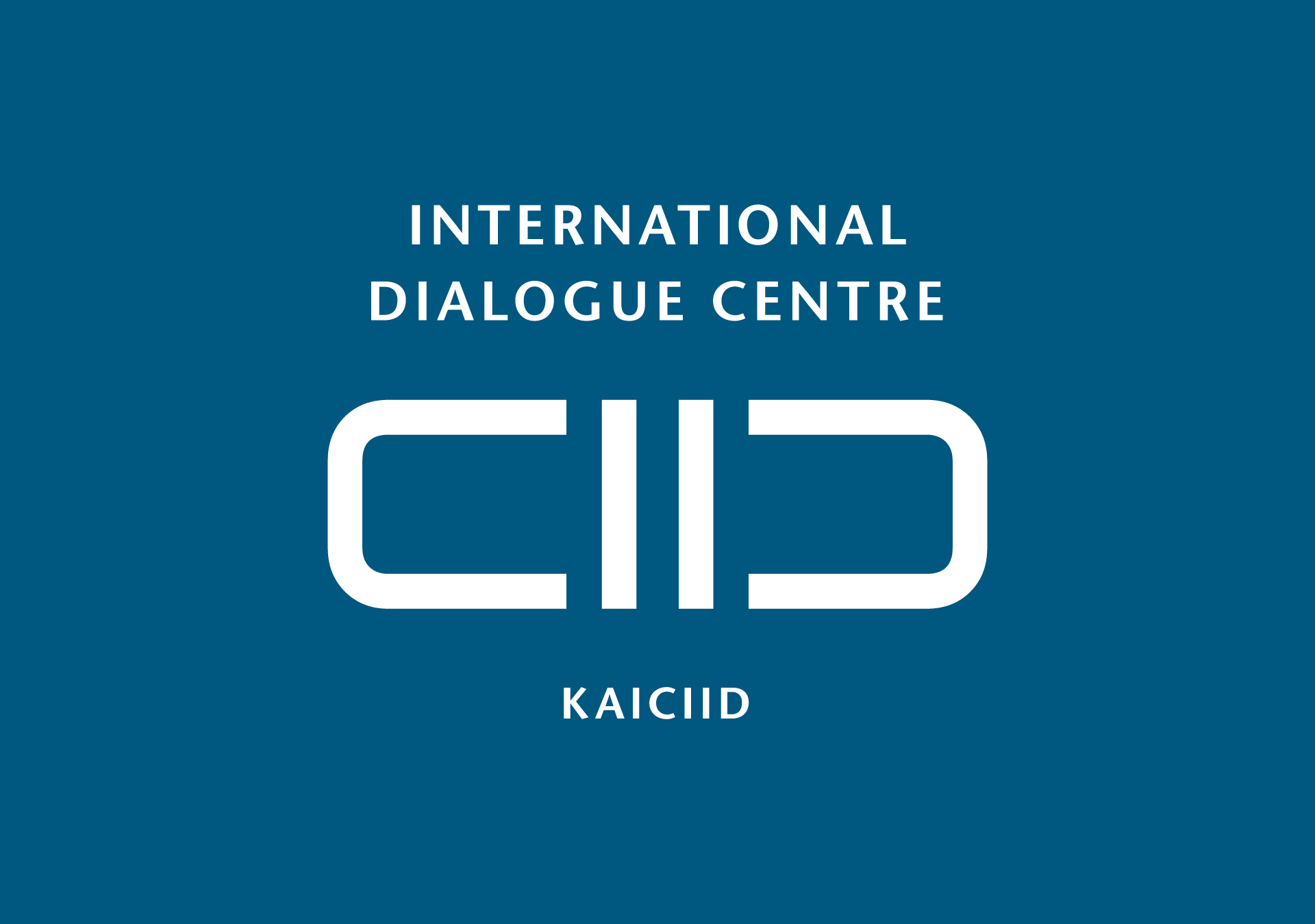KAICIID experts edit special issue of the International Review of Education – Journal of Lifelong Learning

KAICIID experts have edited a special issue of The International Review of Education – Journal of Lifelong Learning (IRE) with a focus on the role of interreligious and intercultural education in encouraging acceptance of diversity. This special issue (a subscription-based publication) contains articles by five authors from different regions, examining the use of interreligious and intercultural education in different societies to address increasing diversity through constructive contact with those who are different than “us.”
In the introductory article, the editors, Mohammed Abu-Nimer and Renáta Katalin Smith, point out the risks of neglecting intercultural and interreligious competences in education needed to dispel fears of losing one’s own identity or culture when encountering “Others”. If not addressed, such fears can spur, stereotypes, prejudice and/or xenophobia, which can create tensions and potentially erupt into violent reactions. In fact, since the fall of the Berlin Wall and the end of the Cold War, several scholars have argued that the majority of conflicts are identity-based clashes of ethnicities, cultures and/or religions. The Balkan Wars, the civil war in Rwanda in the 1990s, as well as more recent conflicts in the Central African Republic, Iraq, Myanmar and Nigeria are stark examples of violence erupting along ethnic or sectarian lines. Introducing interreligious and intercultural competencies into curricula can foster understanding and coexistence.
The authors of the articles include noted experts in the field of interreligious and intercultural education, including Oya Günay, Executive Coach and Strategy Partner who works with leaders and senior corporate executives across Europe, Yahya Sergio Yahe Pallavicini, chairman of the Council for Education and Culture in the West as part of the Islamic Educational, Scientific, and Cultural Organization, and a member of the Italian Minister of the Interior's Council on Islam in Italy, Saif Al-Maamari, of the Sultan Qaboos University in Oman, Mohammad Belall Maudarbux. Network and Programs Manager, Global Network of Religions for Children and Scherto Gill, a Senior Research Fellow at the Guerrand-Hermès Foundation for Peace and Visiting Fellow at the University of Sussex.
While Gill and Gunay illustrate means to integrate interreligious and intercultural education into formal school environments, Pallavicini, Al-Maamari and Maudarbux offer insights into the practice of this type of education in different regions. Al-Maamari and Maudarbux offer insights into vastly different context-specific models of intercultural education in the Middle East and Africa, which are rarely studied by western scholars.
Imam Pallavicini describes programmes designed in collaboration with the Italian government to improve interreligious competences of students and teachers alike.
Several issues arise in the development of interreligious and intercultural education in formal and informal educational settings:
- There is a concrete need for policy makers, especially in the area of education, to support the integration of interreligious and intercultural education into formal schooling systems.
- Basic learning about other religions is important, yet it is not enough to establish a deeper understanding and appreciation for the need for interreligious diversity in society.
- Intercultural and interreligious dialogue is an essential tool in the development of intercultural and interreligious competences. A safe space to encounter the “different other” can be an effective educational tool in developing these competences.
- Interreligious education, as well as intercultural education, is not a single curricular item to be introduced in one specific grade, but needs to become an integral part of formal and informal educational institutions.
- Religious education and its institutions can be leading examples in introducing interreligious education to all their students.
The abstracts of the articles featured in the special issue may be found here , and full articles may be downloaded here.
